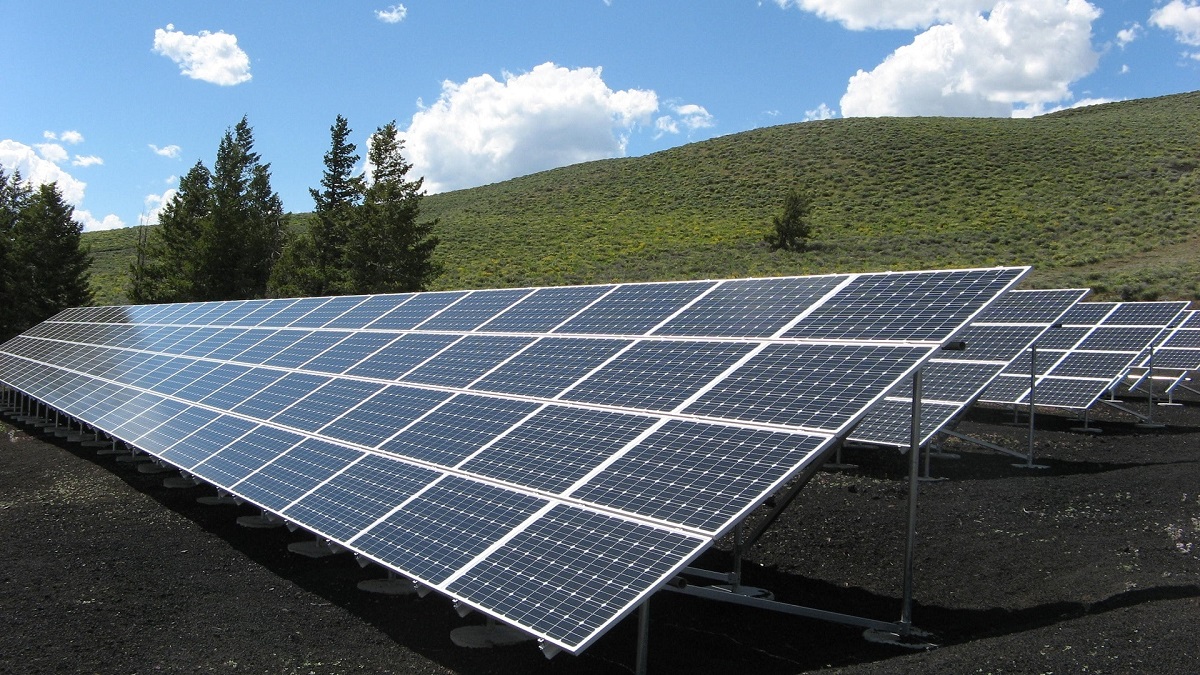Solar panels typically generate surplus heat while creating green energy, which is then wasted. Now, scientists have discovered a method to utilize those valuable leftovers to offer power generators a second purpose: extracting water out of thin air, thanks to a new, unique design, Cnet writes.
The self-contained device works by laying solar panels over an unique gel that can capture airborne water vapor. When the excess heat from the panels comes into contact with the gel, the material emits a mist into a metal box. The gas condenses into droplets of water within that container.
The team’s objective is to give people of distant, especially dry-climate places, with inexpensive, clean, off-grid electricity and water.
“Our goal is to create an integrated system of clean energy, water, and food production, particularly the water-creation part of our design, which distinguishes us from current agrophotovoltaics,” Peng Wang, an environmental engineer at Saudi Arabia’s King Abdullah University of Science and Technology, said in a statement. Wang is the senior author of a research on the innovation that was published in the journal Cell Reports Physical Science on Tuesday.
These panels are tackling numerous critical global health challenges by manufacturing H2O almost on demand. According to a 2019 analysis by Our World In Data, unclean water causes a stunning 1.23 million fatalities every year, disproportionately among the poor. According to the site, one in every four individuals does not have access to safe drinking water as of 2020.
Wang’s solar panel system has several levels.
First, a solar panel is put on top of a hydrogel, a polymer recognized for its capacity to retain water. Hydrogel is also used in the manufacture of contact lenses. The flexible, malleable plastic-like substance keeps the coating on the lens wet, which keeps your eyes from becoming inflamed.
The researchers created a special sort of hydrogel that can absorb water vapor from the surrounding air, keep it, and then release it when heated. In this example, the heat source is the surplus, or “wasted” energy from the solar panels.
When heated, the gel begins to emit water vapor, which a big metal box below gathers and condenses into actual water droplets. In addition, the hydrogel improves solar panel efficiency by up to 10%, according to the study. This is due to the fact that it decreases the temperature of the panels by absorbing their surplus heat.
For proof of concept, the researchers developed a prototype version of their device and tested it for two weeks in Saudi Arabia during a period of extreme heat.
The solar panel they utilized, which was roughly the size of a school desk, generated a total of 1,519 watt-hours of power, which is roughly enough to drive a Tesla seven miles. It also produced around two liters of water from air.
These two liters were used to water 60 water spinach seedlings that were placed in a plastic box. According to the researchers, 57 of 60 sprouted and grew to a normal 7-inch height (18 centimeters). Wang and colleagues plan to scale up their device in the future so that it can create even more power and water content.

